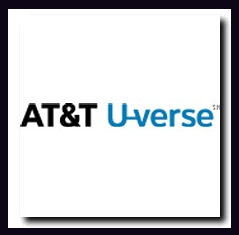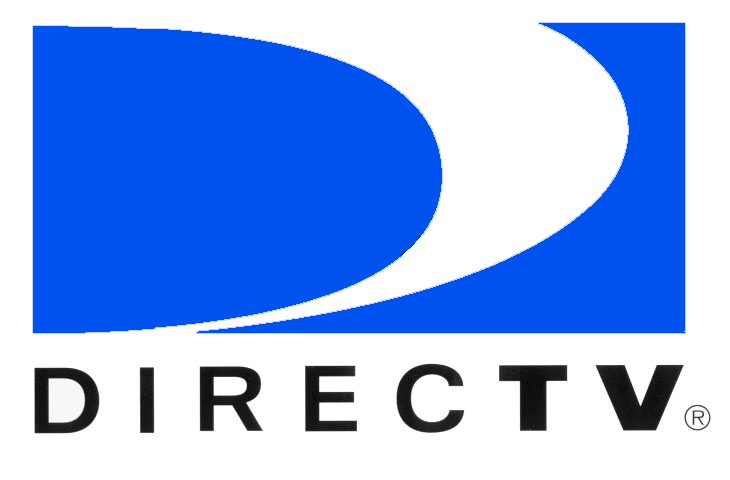AT&T U-Verse vs. DirecTV: What You Should Go for; Wired or Wireless?
Since the creation of the televisions in the late 1940’s, “motion pictures,” or simply movies or television programs, has remained as one of the primary source of entertainment for most people. The discovery of the presence of electromagnetic waves in the atmosphere enabled mass broadcasting of these motion pictures. As a result several companies such as Verizon, AT&T, Comcast, DirecTV, Dish, etc. have grown into business giants.
AT&T U-Verse vs. DirecTV: What You Should Go for?


During the earlier years of broadcasting, television signals were received by few main antennas and were then transported from the antenna to individual households through a series of cables and signal amplifiers (as the signal weakens as it traveled from the antenna).
As years passed and as technology progressed, different means of communicating the signals have been discovered and applied. There are mainly two means. One stayed true to the conventional way of using cables. The other means was more direct, using signals that are coming directly from the broadcasters’ satellites. And because of the different means, a different set of pros and cons were inevitable. Thus, when choosing a TV network, it is important for us to know what kind of signal we are getting in addition to what the carrier has to offer.
AT&T U-Verse and DirecTV are the leading carriers that use cable and direct satellite broadcasting, respectively. If we would be having a comparison between the advantages and disadvantages of cable and direct satellite broadcasting, using these two as benchmarks would be fitting. And since these companies are two of the leading TV providers, this is also a good time to compare the two as TV carriers.
To compare the two, we will be using criteria that are common between the subjects and are, at the same time, necessary for customer satisfaction. These criteria are the channels, features, availability, signal reception, after sales support, and affordability.
CHANNELS
AT&T U-Verse – offers channel packages that ranged from 130 channels up to 430 channels (that include 145 HD channels of your choice). U-Verse also offers a selection of over 170 HD channels that you can add as your selected package would allow.
DirecTV – On a basic package, DirecTV offers up to 140 channels for $29 a month. With this basic package, customers can already enjoy a number of HD and exclusive channels. DirecTV’s channel package can go for up to $89. With this, you can already enjoy 285+ channels and several HD and DirecTV exclusive channels.
Comparison – DirecTV offers cheaper packages that contain more channels. In terms of content, DirecTV is also ahead when it comes to HD selection’s quantity and quality and offers the most number of exclusive channels. Although AT&T’s channel selections are good, DirecTV offers better options. However, this factor is dependent on the carrier and has little to do with the signal type. Thus, we cannot say that all satellite based carriers offer better channel selection than cable based one. However, this criterion has much influence on how consumers will pick their carriers, and this tells a lot about AT&T and DirecTV as individual carriers.
FEATURES
In terms of features, both the U-Verse and DirecTV offer the same thing: HD DVR’s that can record shows and manage multiple TV sets, smart phone compatibility, PIP’s, and so on. Though this may be the case, I personally prefer DirecTV because of its award winning HD DVR. It was proven that this produces better images and works better than the DVR of other carriers.
AVAILABILITY
Availability is one of the factors that are applicable to direct satellite broadcasting and cable connection in general. On one hand is cable connection (AT&T U-Verse). As the name implies, this sort of connection is dependent on physical cable lines that are connected to the main antenna, down into the consumer’s house. Because of this, availability is limited. Being too far away from the main line or the main antenna of an area may require large amount of resources to establish a connection. When the required capital outweighs the potential benefits, then a connection may not be economically feasible.
On the other hand is direct satellite broadcasting (DirecTV). Carriers that are using this particular service make use of artificial satellites. The signals are reflected into these satellites and a mini satellite-dish that is installed in your home (upon subscription) directly receives these signals; hence the name. Because of this particular system, the connection is available almost anywhere in the country.
CONNECTIVITY
Like availability, this criterion can be generalized for all satellite and cable connections. With satellites, connectivity can be interrupted by thick walls, tall buildings, and covered areas like valleys. In addition to this, proper dish alignment is needed for optimum signal reception and picture quality.
With cable connection, on the other hand, has dedicated medium for signal travel. Thus subscribers can enjoy virtually zero interruptions because each house has a dedicated line. The only instance where a connection is interrupted is when the line is physically broken.
REPAIR AND MAINTENANCE
Because of the different materials and resources that are involved in cable and satellite connections, repair and maintenance can vary. First, with satellite connections, interruptions may often happen and satellite dish realignment may be required once a month. Strong gusts of wind can also misalign it so maintenance can be strict. Repairs however, can easily be made.
With cable connections, interruptions rarely happen and maintenance are seldom required as the cables are located underground. However, if the cable is broken, repairs can take a very long time. That is why many customers are often frustrated by slow services and repairs by the carriers. However, this is inevitable due to the nature of the connection.
AFFORDABILITY
DirecTV offers the lowest rates around. And for the lowest rates, you are also getting the most channels. In general, satellite based carriers offer lower rates than those who offer cable connection. This is because a small satellite dish costs less to create and maintain compared to fiber optic cables. Aside for lower rates, many discounts for DirecTV, such as this Direct TV promotion, are available in the internet. Cable connections are not without its advantages, however. It starts to shine when subscribers avail bundled services such as internet, TV and telephone in a single connection. Something that satellite based services do not have.
***This is a guest post. Nothing was received for posting.







If I switched from U-verse to DirectTV could I still add on HBO?
Hi Elaine, It looks like there is definitely an option to add HBO, but I would double check before you sign a contract or anything.